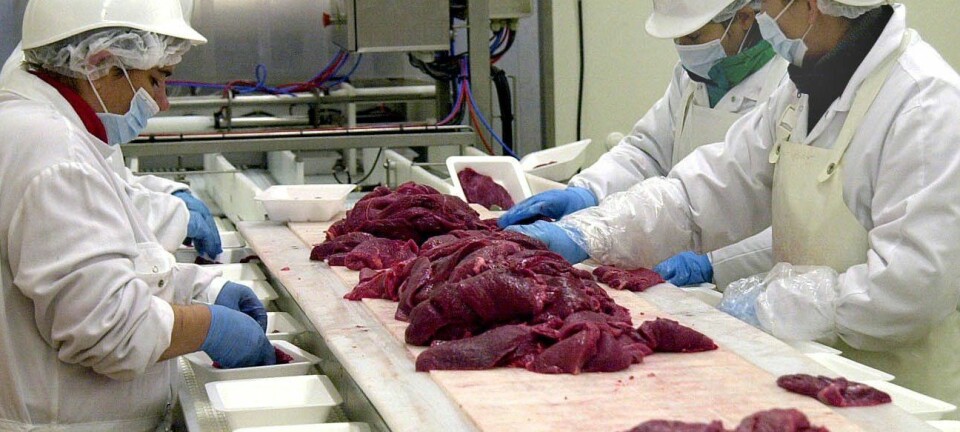This article was produced and financed by The Research Council of Norway

Better prepared for E. coli outbreaks
New methods speed up the process of identifying E. coli bacteria that make people sick. Swift identification may spare lives.
Denne artikkelen er over ti år gammel og kan inneholde utdatert informasjon.
In recent years, there have been several serious outbreaks of E. coli in Norway, causing grave illness and even death for some of the people that have been infected. Finding the source of infection has proven difficult or even impossible.
Identifying the source of infection poses a major challenge in many countries.
People can become infected with E. coli through contaminated meat products, through direct contact with animals or animal faeces as well as through vegetables, milk or water.
Different measures for different bacteria
“Individual groups of bacteria behave differently and must be approached in different ways,” explains Anne Margrete Urdahl, a researcher working with E. coli-outbreak emergency planning at the Norwegian Veterinary Institute in Oslo.
“That’s why it’s so crucial to find out quickly which subgroups of E. coli we are dealing with whenever an outbreak occurs.”
Greater knowledge about E. coli bacteria has enabled scientists to develop faster methods of isolating the bacteria of interest in a sample containing many types of bacteria.
E. coli in sheep
The Norwegian researchers have put considerable effort into mapping the occurrence of E. coli in sheep.
They try to find correlations between the properties of bacteria found in animals and bacteria that cause disease in humans.
"This will help us to determine the degree of risk that a certain type of bacteria in animals actually poses,” says Urdahl.
To find out what distinguishes pathogenic bacteria from their more benign cousins, the researchers create DNA profiles for the bacteria in the same way that police investigators produce DNA profiles to identify people.
New diagnostic tools save time
A recently developed method has helped the researchers to cut down significantly on the number of samples they must investigate.
The new method uses tiny magnetic beads to identify subgroups of E. coli. Different beads bind to respective subgroups of the bacterium and are isolated from the sample using a magnet.
"This has improved our turnaround greatly and we can now dispel or confirm suspicions about the sources of infection far more quickly than before,” explains Urdahl.
Translated by: Glenn Wells/Carol B. Eckmann































